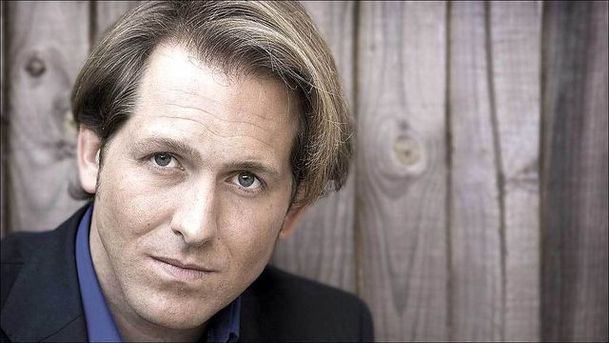Inside Out East - 29/11/2010

Every year ordinary shoppers are being accused of shoplifting and fined for crimes they didn't commit. David Whiteley investigates the growth of civil recovery and uncovers the unreliable evidence being used to accuse innocent people. Student Caroline King was accused of taking makeup from Boots. She received a letter from Retail Loss Prevention, the largest civil recovery company in the UK, demanding payment of £137.50 for her wrongful act. They threatened to take her to court if she didn't pay. Yet neither Boots nor RLP have provided any evidence to prove that Caroline stole the items, and Caroline denies taking anything. Boots say that civil recovery is necessary to deter shoplifting. They wouldn't comment on Caroline's case. Retail Loss Prevention say their action provides an effective deterrent to shoplifting. Caroline's is not an isolated case. Retailers are increasingly using civil recovery to claim damages after alleged shoplifting rather than relying on the police and criminal courts. The Citizens Advice Bureau are dealing with 4,000 cases a year. Many of them like Caroline say they are innocent but have been intimidated into paying up. It looks like a crater in the middle of the sea. Few people know of the history of this 280 metre diameter doughnut-shaped island in the Wash. Richard Daniel uncovers the bizarre project in the 1970s to make freshwater reservoirs that led to its construction. The project was scrapped but the doughnut shaped islands left behind have become a haven for wildlife. The reserve is protected to allow the thousands of seabirds there to breed, but once a year the Wash Wader Ringing Group are given permission to visit the island to ring and study the them. This year Richard Daniel and the Inside Out film crew were allowed to join the team, and see this weird moon-like environment. On the hottest day of the year and with no shade, 7,000 gulls and 5,000 chicks, it is not a place for people to linger but the sight is amazing. Rare archive of Formula One racing featuring Stirling Moss racing has been rediscovered. One man taking risks behind the camera was David Clarke from Loughborough. In the days where there were no multi-million pound filming rights to cover Formula One, he was able to turn up and make his films. And without stringent safety measures he was able to get extremely close to the action. The result is some dangerous but very exciting footage.